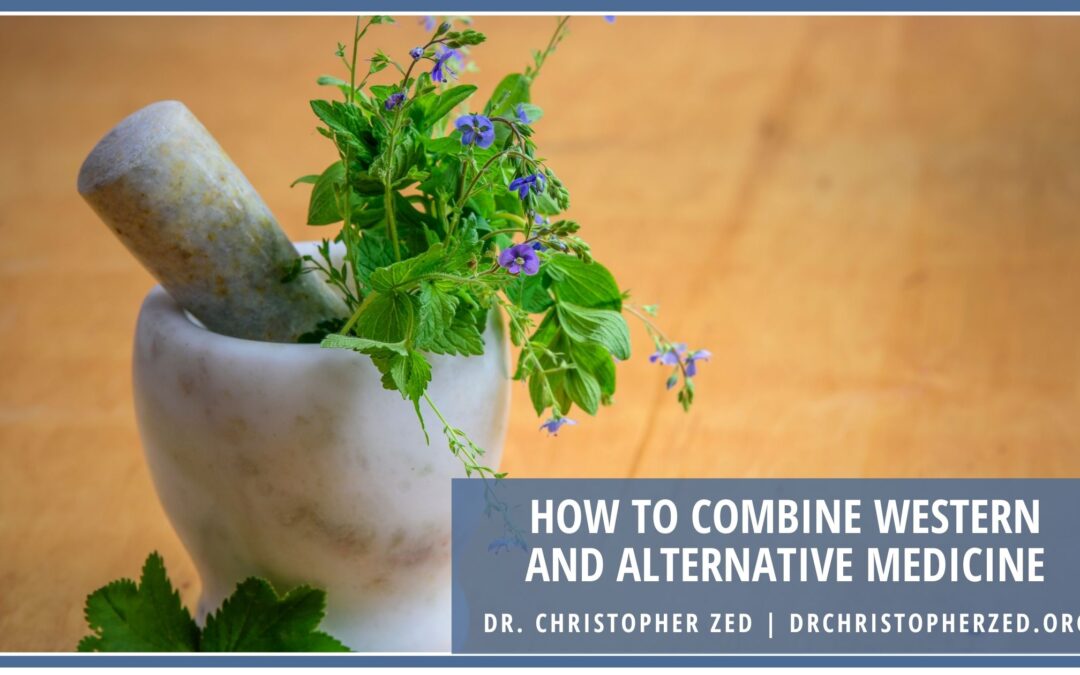In the quest for the best possible health and well-being, individuals today increasingly turn to a holistic approach combining the best of both worlds: Western medicine and alternative healing practices. While Western medicine excels in acute care and evidence-based treatments, alternative medicine encompasses a range of therapies that focus on the body’s natural ability to heal itself. By embracing both approaches, individuals can harness the benefits of both worlds, tailoring their healthcare journey to their unique needs.
Understanding Western Medicine
Western medicine, also known as conventional or allopathic medicine, is deeply rooted in scientific research, advanced technologies, and pharmaceutical interventions. It focuses on diagnosing, treating, and preventing diseases through evidence-based practices. Western medicine employs surgery, medication, chemotherapy, and radiation therapy techniques. Its strength lies in its ability to provide acute care and manage complex conditions. However, it sometimes needs to address chronic ailments or consider the mind-body connection.
Exploring Alternative Medicine
Alternative medicine encompasses many healing practices, from traditional Eastern philosophies to complementary therapies. These approaches prioritize a holistic understanding of health, considering the interconnectedness of the body, mind, and spirit. Practices such as acupuncture, herbal medicine, yoga, meditation, chiropractic care, and Ayurveda aim to restore balance and promote well-being. While the effectiveness of some alternative treatments may lack extensive scientific evidence, many individuals find them beneficial for various conditions, particularly when used in conjunction with Western medicine.
The Power of Integration
Integrating Western and alternative medicine allows individuals to tap into the strengths of each approach. The foundation of this integration lies in open communication and collaboration between healthcare professionals from both fields. By embracing a patient-centered model, practitioners can work together to create a personalized treatment plan that optimizes health outcomes.
Patients can inform their Western medical providers about alternative therapies they incorporate into their healthcare routine. This open dialogue ensures a comprehensive understanding of the patient’s health profile, minimizing the risk of adverse interactions or contraindications. Conversely, individuals should share their Western medical records with alternative medicine practitioners to provide them with crucial insights into their overall health.
Combining the two approaches can enhance the management of chronic conditions. While Western medicine may provide medications for symptom relief, alternative therapies can address underlying imbalances, promote self-healing, and optimize overall well-being. For example, a patient with chronic pain may benefit from physical therapy, medication, and acupuncture sessions.
In today’s healthcare landscape, combining Western and alternative medicine offers a holistic and patient-centered approach to well-being. By harnessing the strengths of both modalities, individuals can unlock a comprehensive toolkit for their health journey, paving the way to optimal physical, mental, and emotional wellness. Remember, the key lies in finding a harmonious balance that works best for you.

